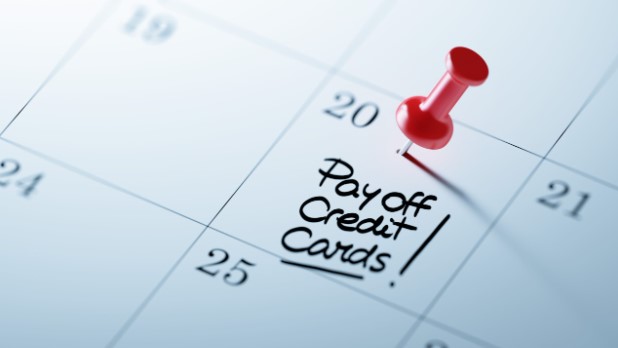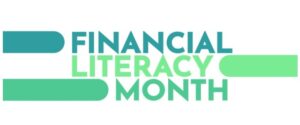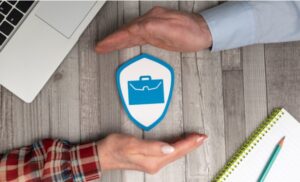
A credit card minimum payment is the lowest amount you must pay monthly to avoid penalties or late fees. Most minimum payments represent a small percentage of the overall balance owing. That can be a big problem if you cannot pay off your credit card balance in full. Or make more than the minimum payment.
In this article, we explain why paying just the minimum payment on credit cards doesn’t work. We also share some tips on paying off your credit card debt. First, we’re taking a closer look at how minimum payments work.
How are credit card minimum payments calculated?
Policies vary between credit card companies when it comes to credit card minimum payments. Typically, they are calculated as a percentage of your total statement balance. This is typically 2% to 3%, or a minimum amount, say $10, whichever is greater. Quebec is the lone exception. There, credit card balances must have minimum payments of at least 5% of the balance.
For example, let’s say your credit card statement balance was $2,500 (outside Quebec), and your minimum payment was 2%. In this case, you would have to pay at least $50.
Minimum payments mean you’re paying more interest
When you only make the minimum payment on a credit card, most of the payment goes toward the accumulated interest, not your principal balance. According to RBC, Canadian credit card annual percentage rates (APRs) are around 19.99 to 25.99%, so carrying a credit card balance can get expensive fast. Over time, you’ll pay much more than you originally borrowed. Making more than the minimum payment can help you chip away at the principal faster and lower your interest costs.
It could take years to pay off your balance
Minimum payments are designed to stretch your credit card repayment over a long period, which can keep you in debt for years, even decades, depending on your interest rate and balance owing.
For example, according to this Financial Consumer Agency of Canada (FCAC) calculator, if you only made the minimum payment on a $3,000 credit card balance, assuming an annual interest rate of 20.99% and minimum payment of 2.00%, it would take you over 39 years to pay off the entire balance. Furthermore, you would pay close to $14,000 in interest over that period.
On the other hand, if you made a fixed monthly payment of $250 on the same $3,000 balance, you would pay off the credit card in full in 14 months, and only pay $397.15 of interest. An enormous difference!
Only paying the minimum could hurt your credit score
While making the monthly minimum payment ensures that your credit card account remains in good standing, it does little to improve your credit utilization ratio, which is a key factor in your credit score. Your credit utilization measures how much of your total available credit you’re using. If your ratio is over 30%, it can drag your score down. By making more than the minimum payment, you can quickly reduce your balance owing and improve your credit score.
Tips for paying off a large credit card balance
Struggling to make more than the minimum payment each month? All is not lost. Here are some steps you can take to eliminate your credit card debt.
Create and stick to a budget
One of the reasons people get into trouble with credit cards is that they don’t have a plan for their money. That’s where a budget comes in. It gives you a clear picture of where your money is going and allows you to plan for short-term expenses, like groceries and bills, and long-term goals, like saving for a vacation or building an emergency fund. You can make a budget the old-fashioned way, with a pencil and paper, or use a budgeting app, which automates much of the process. Either way, it’s a great way to regain control over your finances.
Pay with cash
Many people rack up huge credit card balances because swiping a card is too convenient. It’s easy to lose track of your spending when you’re not physically handing over cash or seeing your money leave your account. This can lead to impulse purchases and a growing credit card balance before you realize it. If you’re struggling to control your credit card use, consider putting the card away and switching to cash. You’ll lose some convenience, but parting with physical cash can help curb unnecessary purchases and build better spending habits.
Lower your credit limit when you pay off the balance
Once you’ve paid off your credit card, it might be a good idea to lower your credit limit. For example, if your limit is $10,000, but you only need $3,000, ask the credit card issuer to lower it. This can help you avoid spending more than you should in the future.
Use the debt avalanche or debt snowball method.
The Debt Avalanche and Debt Snowball methods are both effective ways to pay off debt. They’re similar in that they both involve paying the minimum payment on all debts except one. Any extra funds are put towards paying off the debt chosen as the exception. Once that debt is paid off, the extra funds are put towards the next debt on the list. Where these approaches differ is the order in which the debts are paid off. The Debt Avalanche suggests paying off the debt with the highest interest first to minimize how much you pay in interest. The Debt Snowball, on the other hand, focuses on the debt with the balance owing, going from smallest to largest.
Use a debt-relief program
There are many programs available to help people navigate paying off debt. Each one has its benefits and downsides. Here are a few of the most common:
- Debt Management Program
- Consumer Proposal
- Bankruptcy
- Balance transfer
- Debt consolidation
Which one is best for you depends on many factors, including:
- How much debt you owe
- Your credit score
- If your debt has been sent to collections
- Whether you’re struggling to pay or are actually behind on payments
- Your income
To decide which one is best for your specific situation, talk to a financial expert, such as a Credit Counsellor. They’ll be able to assess your situation and go over all your options so you can make an informed decision.






